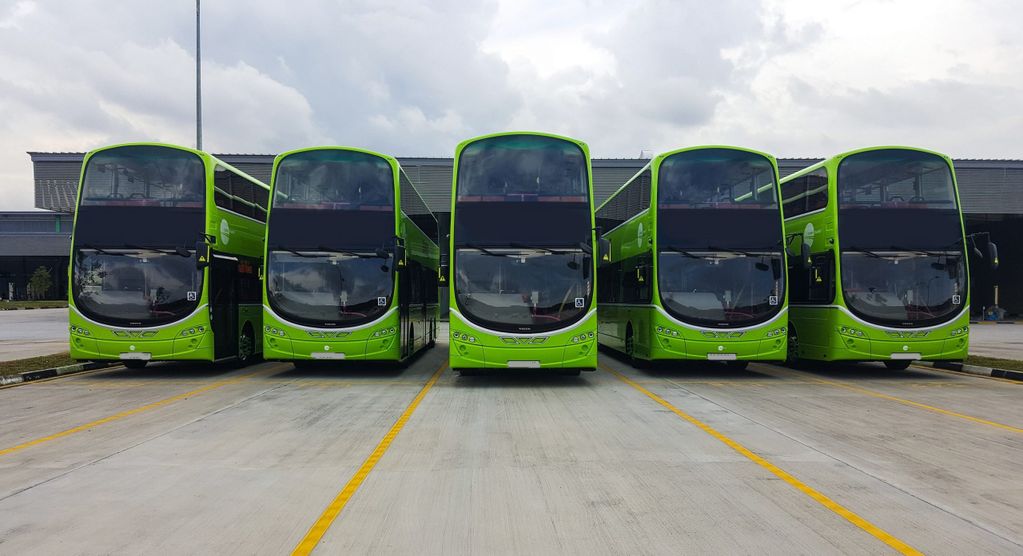
Making the most of digitalisation in public transport
Digitalisation as the route to smarter operations
Over the past decade, data has become a priority in public transport. Today, public transport operators and authorities must simultaneously tackle growing passenger demand, a workforce shortage, the energy transition, and more, which all makes operational efficiency a key part of achieving overall success.
Enter digitalisation. Digital transformation has a huge potential to positively affect business growth and strategic development. Given that resources are scarce and operators are having to prioritise, data and technology can enable operators to address competing demands:
Why digitalisation?
Data and digital driving change
At its core, digitalisation is the process of changing business through technology and data. In UITP’s new Action Points, we explore how to best digitalise public transport. The publication, spearheaded by the UITP Information Technology and Innovation (IT&I) Committee, gathers expert knowledge to help operators and authorities optimise their digitalisation strategy.
“Digitalisation in public transport is important to meet the growing demands and needs of passengers to safely and seamlessly plan, pay, and make journeys. Many organisations have competing demands and varying levels of digital maturity. This paper highlights the areas of focus for executive committees and boards and makes recommendations in support of their digitalisation strategy.”
To be sure, technology and data now lie at the heart of transport services and operations; they are no longer the exclusive concern of IT departments. Digital capabilities and services are part of our passengers and colleagues’ expectations and are an imperative for the sector to deliver safe and reliable public transport.
However, digital transformation will only come about through a clear digitalisation strategy, an understanding of data, capabilities, and the business case to be delivered. Public transport operators and authorities cannot achieve this alone – and we will all need to work together as an industry to make the benefits a reality.











